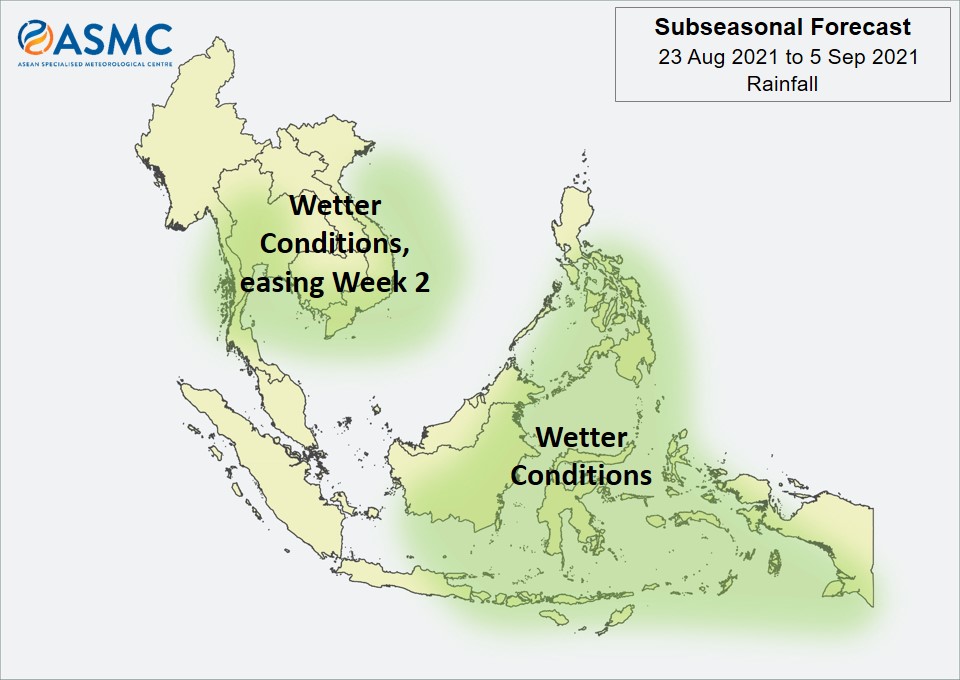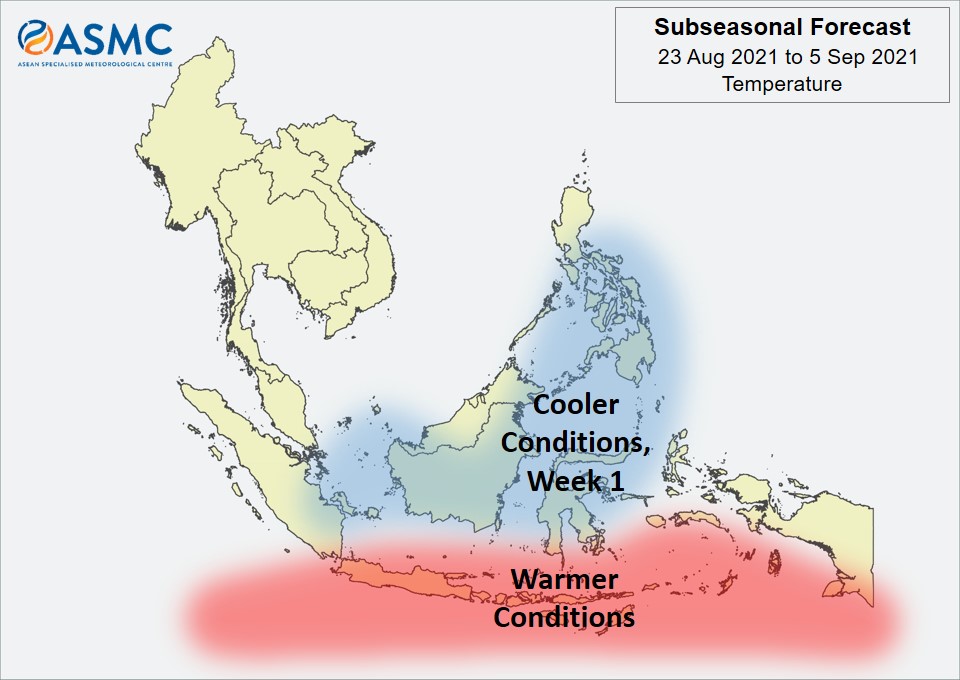The combined forces of extreme weather, the COVID-19 crisis and political pressures may be setting the stage for energy shortages in China next winter, analysts say.
The country’s electricity generators have been racking up losses due to record prices for coal and natural gas, while summer power demand spikes in a punishing season of heat waves and floods.
Spot market costs for liquefied natural gas (LNG) have climbed to nearly double the break-even rate for profitable power production, S&P Global Platts news service said.
Last winter brought unusually cold temperatures to both Europe and North Asia, straining LNG supplies, said Mikkal Herberg, energy security research director at the Seattle- based National Bureau of Asian Research.
“Now they are both having hot summers along with a huge surge in industrial activity with the easing of COVID constraints, especially China, which is putting further strain on supply and stock levels,” said Herberg.
“There is something of a perfect storm going on in the global gas market,” he said.
Rising demand for power and production has also lit a fire under the market for coal.
The break-even coal price for many of China’s power plants is 600-650 yuan (U.S. $92.50-100.21) per metric ton, according to Platts. But on July 30, benchmark thermal coal prices hit a record 1,080 yuan (U.S. $166.51) per ton, Reuters reported.
Consumer price controls have left generators with little incentive to boost output, while other problems have only added to their woes.
High demand for coal earlier this year due to COVID-19 recovery led to a wave of mining accidents, followed by state safety inspections and a sudden drop in coal production in the second quarter of the year.
The resulting squeeze on supplies has stretched inventories thin. On Aug. 6, Reuters reported that coal stocks held by mines dropped 26 percent from a year before. Inventories at major power plants were down by a similar margin, state television said.
All this is happening while the government promises to reduce reliance on high carbon-emitting coal, which still accounts for 56.8 percent of primary energy. Gas is seen as a cleaner transitional fuel until non-fossil sources take a dominant role.
But decarbonization plans appear to be on hold as the government tries to deal with the immediate problems of power shortages and spiraling prices by reopening previously closed coal mines for a year to add 44 million tons of production, Bloomberg News reported on Aug. 5.
Last month, the government’s top economic planning agency said it would open nearly 110 million tons of “advanced” coal production capacity in the second half of this year, Reuters reported separately.
“We are in the peak power consumption period and must guarantee coal supply to power plants … and will not allow the shutdown of power generation units due to a lack of coal,” the National Development and Reform Commission (NDRC) said on July 18.
The power problems have been further complicated by conditions in Europe that may keep China from increasing gas consumption as an alternative to coal.
LNG prices in Europe typically rise with winter demand and ease in warm weather months, giving consuming countries a chance to refill depleted storage facilities.
But the economic slump and partial recovery from the COVID-19 crisis disrupted the cycle while the effects of climate change have kept demand high.
European gas storage is at 50-60 percent of capacity this summer compared with 80 percent a year earlier, Reuters cited analysts as saying. Last August, European storage was over 88 percent full, according to records of the European Union’s Aggregated Gas Storage Inventory.
“There is a real risk of Europe entering the winter season with low inventory levels, suggesting that prices will remain well supported,” Amsterdam-based ING Group said.
Increased Demand
Heat waves in both Europe and Asia have kept energy demand high, suggesting that current prices may only be a base for increases to come.
Dutch natural gas prices have already surged 80 percent to record highs in the past three months, Reuters said.
Some analysts are warning that a harsh winter could tighten gas markets further in Europe and Asia at the same time.
“Storage levels are quite low in many places as a hot summer has meant that there has not been much chance to replenish stocks, so this could be bullish for winter, especially if it’s going to be freezing again,” a Singapore- based trader told Reuters.
Herberg also cited problems like China’s shortage of gas storage capacity that lead to surges and slowdowns in buying on the spot market.
“Chinese majors are trying to load up on gas inventories for the winter under pressure from the government to not have another damaging gas shortage like last winter,” he said.
Despite the winter warnings, little seems to have changed since Bloomberg News raised similar shortage concerns as a “desperate scenario” nearly two months ago.
In a July 9 commentary, RFA cited energy expert Edward Chow at the Center for Strategic and International Studies as saying that the LNG industry is typically cyclical and that the shortage scenario was little cause for alarm.
“Europe was always the market of last resort for spot LNG supplies, since it has access to imports of pipeline gas and more gas storage capacity, while other major LNG markets do not,” Chow said.
The major difference between the Bloomberg scenario then and the Reuters warning now is that the earlier analysis focused on the risk that Europe could be forced to burn more coal next winter if gas supplies run short, while the Reuters outlook highlights the possible pressures on Asian importers.
In the brief period between the two warnings, China has already put out the call for more coal.
The backsliding by the world’s leading coal producer and consumer is likely to be damaging for carbon emissions and the message it sends at a time when the United Nations Intergovernmental Panel on Climate Change has called for “strong, rapid and sustained reductions” to avoid the worst consequences of global warming.
Platts analyst James Huckstepp told Reuters that “Russia is now the only country with spare (gas) production, but in order to increase exports they would need to book additional capacity through Ukraine, and up to this point they have refrained.”
The reference is to the tangle of issues surrounding Russia’s gas exports to Europe through Ukraine and the pending completion of Gazprom’s Nord Stream 2 pipeline across the Baltic Sea to Germany that would draw volumes away from the Ukrainian route.
The project would allow Gazprom to dispense with Ukrainian transit entirely, potentially exposing Kiev to new security risks by ending the interdependent relationship between the two countries that has persisted since the Soviet collapse.
Despite European concerns about rising gas prices and dwindling stockpiles, Gazprom has declined to reserve additional transit capacity on either the Yamal-Europe pipeline through Belarus and Poland or the transit lines through Ukraine, Interfax reported on Aug. 2.
Price Increases
European gas importers may have gotten a taste of the rising energy security risks on Aug. 5 when a fire broke out at a Russian processing plant, causing Gazprom to reduce exports on the Yamal-Europe route and withdraw more gas from underground storage. Gas prices soared to over U.S. $540 (3,502 yuan) per thousand cubic meters, Interfax said.
On Tuesday, gas prices hit a new high as the September futures contract on the Dutch Title Transfer Facility (TTF) gas hub index traded in the range of U.S. $564-582 (3,657- 3,774 yuan) per thousand cubic meters, according to Interfax.
On Thursday, Gazprom issued a statement suggesting that gas could start flowing to Europe through the Nord STream 2 pipeline by the end of this year.
For Gazprom, the situation may help to fulfil a long-held ambition to create competition between Europe and Asia for its resources. But so far, low volumes from its 3,000- kilometer (1,864-mile) Power of Siberia pipeline to China suggest it still has a long way to go.
On Aug. 10, the official Xinhua news agency reported that China has imported over 10 billion cubic meters (353 billion cubic feet) of gas from the pipeline since it opened in December 2019.
The Power of Siberia project was designed to pump 38 billion cubic meters (bcm) of gas annually to China in 2025 with a possible increase of capacity to 44 bcm.
In June, Gazprom reported that the line had delivered 3.84 bcm in its first year of operation, indicating that it has supplied only about 6 bcm to China so far this year.





